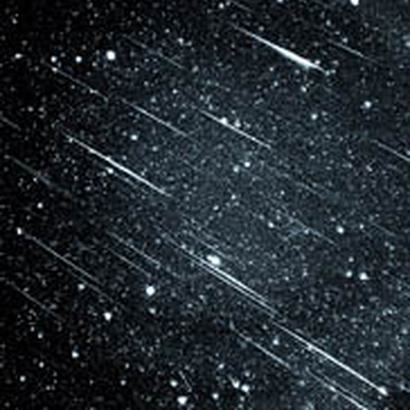Meteor Showers : Geminids
The first Geminid Meteor Showers suddenly appeared in the mid-1800's. Those early showers were unimpressive, boasting a mere 10-20 shooting stars per hour. Since then, however, the Geminids have grown in intensity until today it is one of the most spectacular annual showers. In 1996, the last time the Geminids appeared in a dark moon-less sky, observers saw as many as 110 per hour. Sky-watchers with clear skies should see at least that many this year if the Geminids continue to intensify.
After the discovery of the Geminids in 1862 astronomers began searching for the parent comet. Most meteor showers result from debris that that boils off a comet's nucleus when it passes close to the sun. This debris orbits the sun along with the comet, forming a thin, elongated stream of meteoroids that become shooting stars when they hit Earth's atmosphere.
Years of searching proved to no avail until finally, in 1983, NASA's Infrared Astronomical Satellite discovered a curious object moving in the same orbit as the Geminid meteoroid stream. The orbital match was so good that it had to be the source of the debris, but to the surprise of many it wasn't a comet. The source of the Geminids was apparently a rocky asteroid.
Image : NASA


